
|
|
|
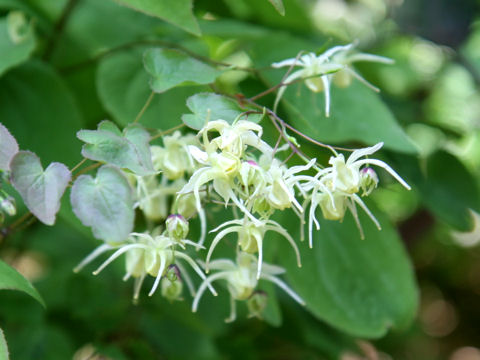 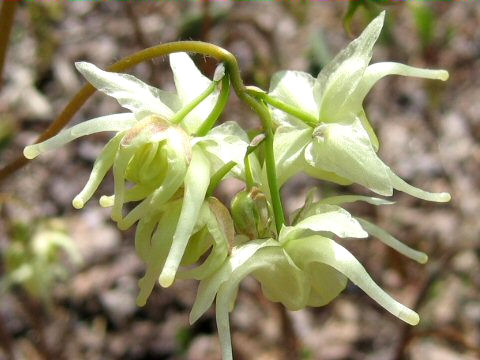 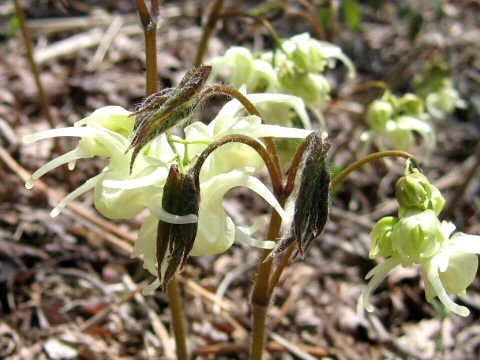 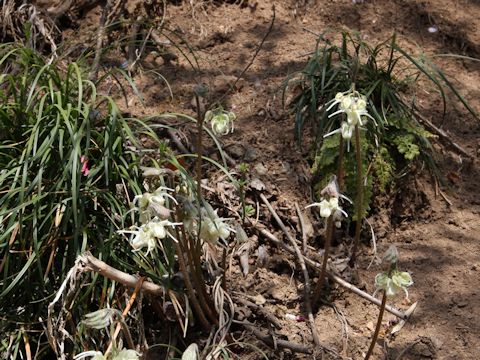 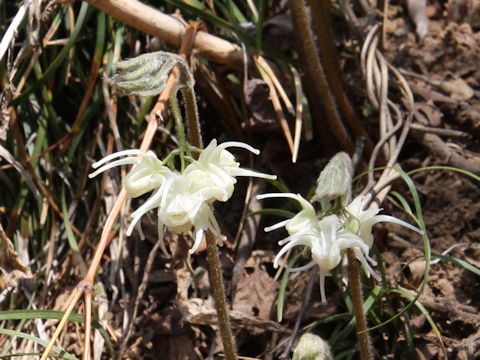 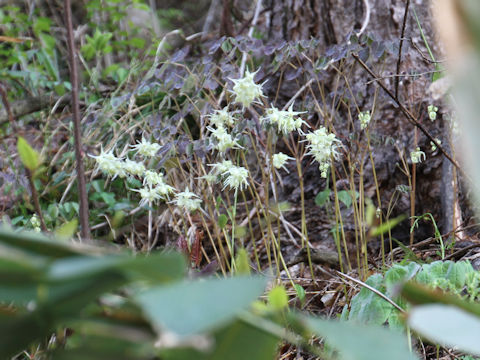 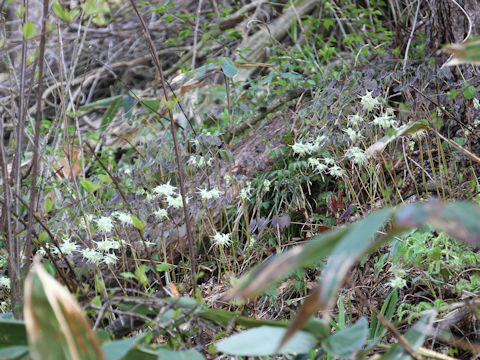 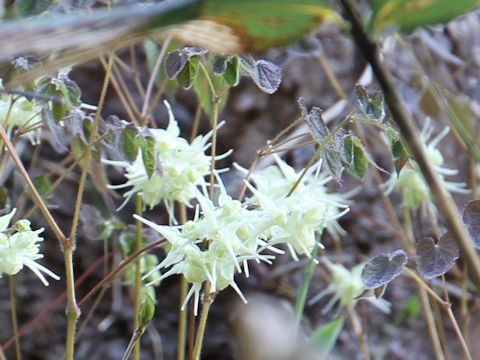 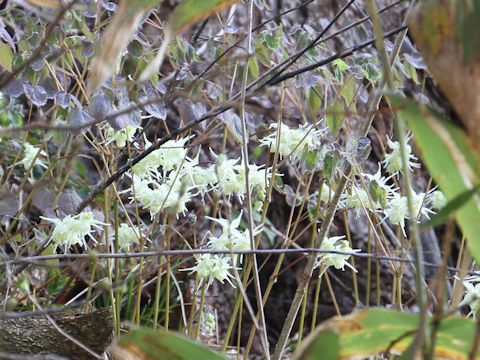 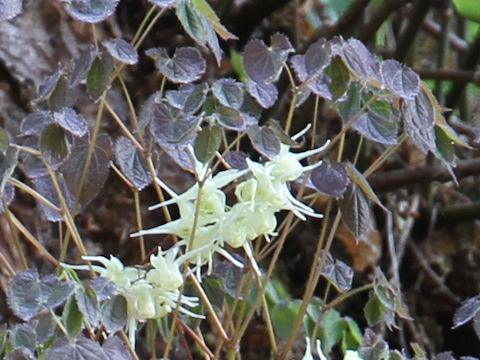 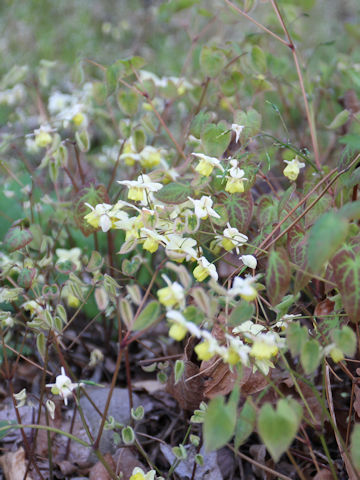 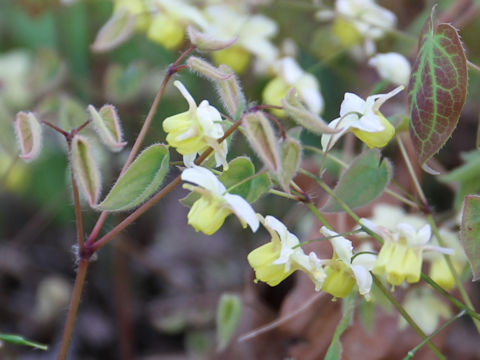 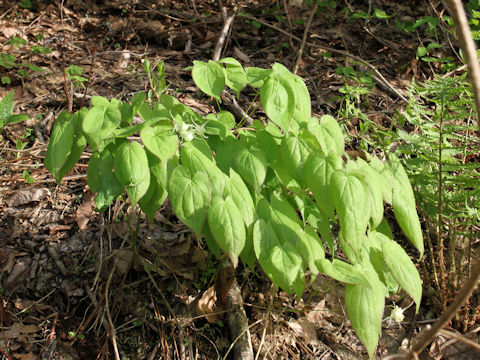 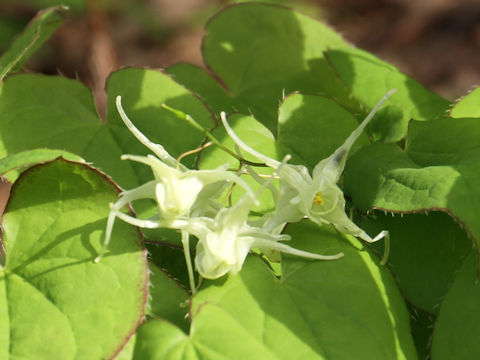 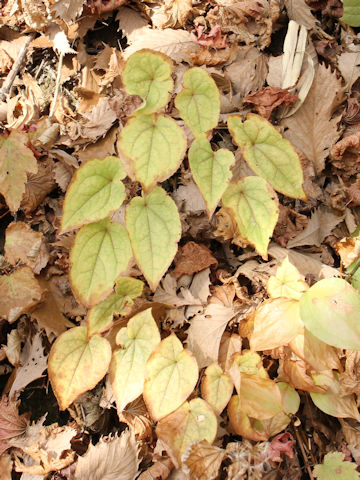 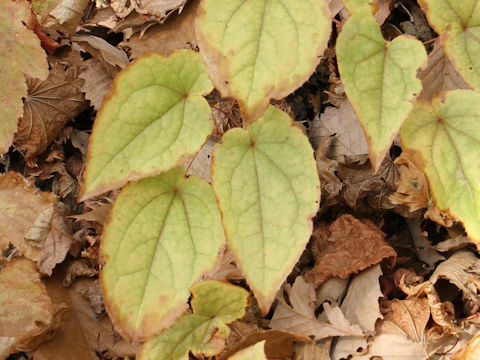 |
|
|
|
íªÌ{BAßEnûÈkÌú{C¤¨æÑknûkAkC¹ÉªzµÄ¢Ü·BRnÌÑÌɶ¦A³ÍQO`SOZ`ÉÈèÜ·BtÍRo¡tÅA¬tÌæªëèÜ·BÉÍhѪ èÜ·BS©çT²ëAW¢©FÌÔð穹ܷBÍlûÉ·LÑÜ·B |
|
|
MÈCJ\E®Ì½NÅAw¼Í Epimedium koreanumBp¼Í èܹñB |
|
|
"Kibana-ikari-so" (Epimedium koreanum) belongs to the Berberidaceae (the Berberry family). It is a perennial herb that is native northward from Kinki district to the Japan Sea Side of Honshu and Hokkaido. This herb grows in montane woodlands and can reach 20-40 cm in height. The leaves are 3-lobed compound with acute tipped leaflets. They have stinging hairs at the edges. The pale yellow flowers come in April and May. The spurs elongate sprawling. |
|
|
[ã] ·ì§Éßs¼tßu©ñÄñÏÏK[fvÉÄA2007N0508úBeB [PEQ] _ËsåæZbR¬uZbRA¨vÉÄA2005N0419úBeB [RES] suÔ©RövÉÄA2013N0414úBeB [T`X] R`§ìzs³RÉÄA2016N0423úBeB [POEPP] xR§ìvsuvgs|A¨vÉÄA2017N0422úBeB [PQEPR] V§Öì¬åÎÉÄA2017N0507úBeB [PSEº] R`sRukÊRvÉÄA2018N1116úBeB |

|
|
Shu Suehiro |